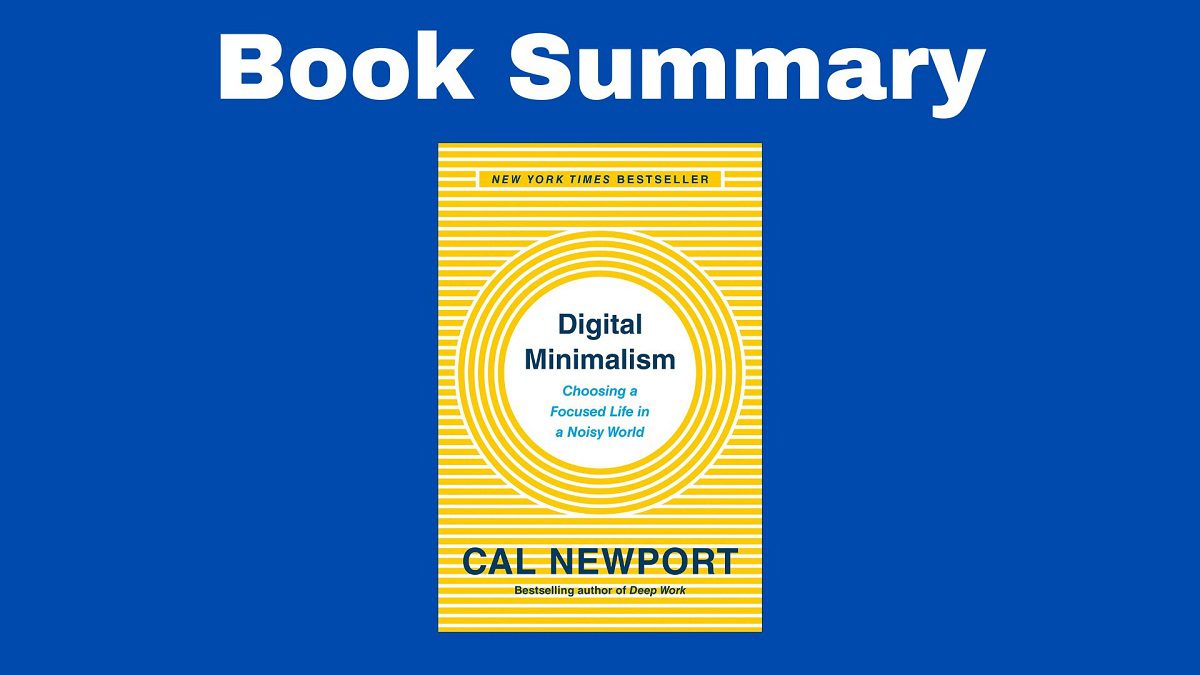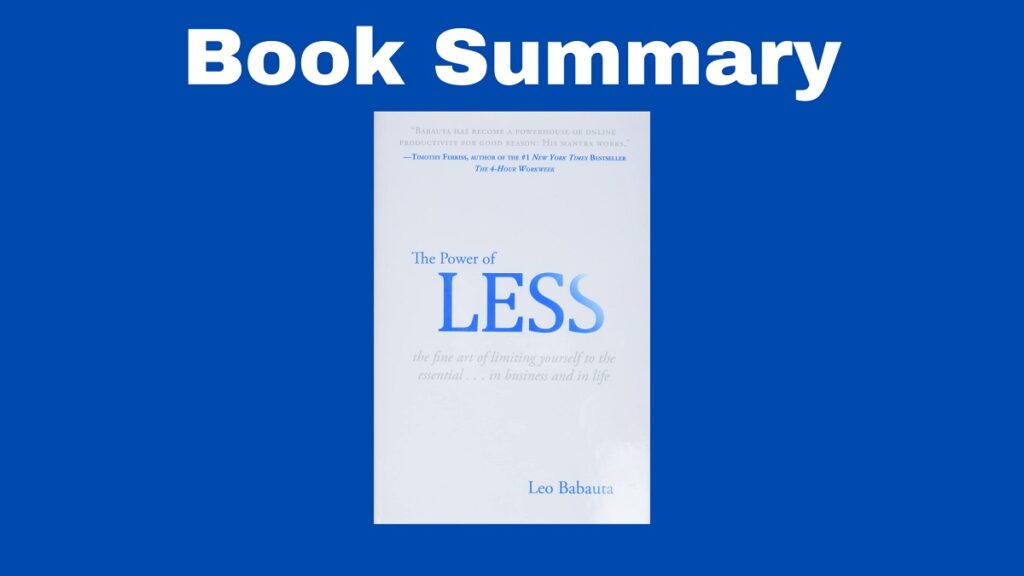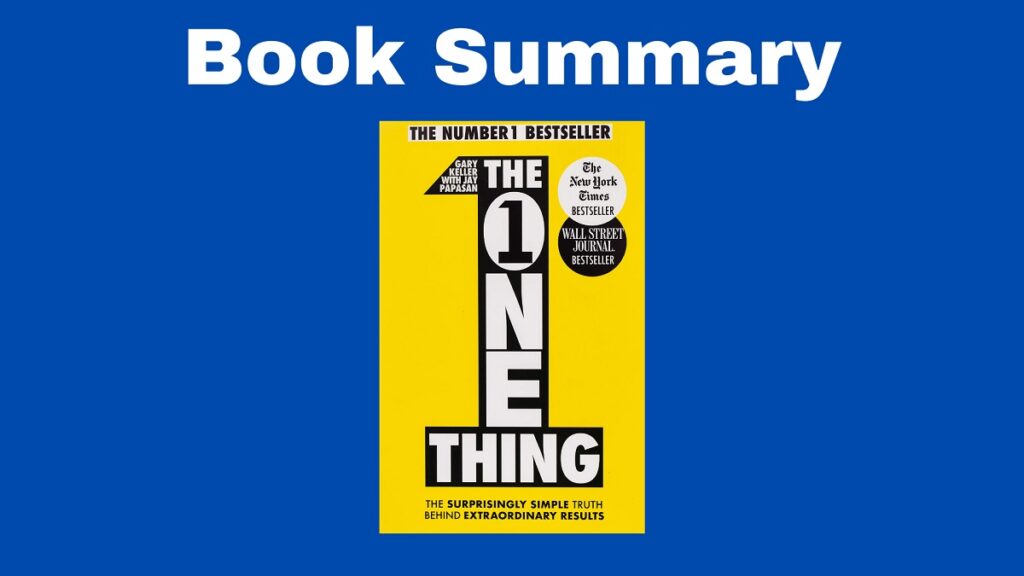The Book in Three Sentences
In this book summary of Digital Minimalism, you’ll learn to be focused in a distracting world. Digital Minimalism is the art of knowing how much technology is enough and getting rid of everything past that point. The author argues that to regain focus, hacks aren’t enough, so he suggests a method where we can decide which technologies we use and for which purpose.
Digital Minimalism Summary
Introduction
New technologies can be distracting and exhausting, but also irresistible. Our culture’s relationship with technology is complicated. There are many advantages to using these tools, but many downsides as well. The most common response to the latter is taking a day off from screens, keeping the phone away from the bed, or turning off notifications, but this approach is insufficient. Instead, the author suggests something he calls Digital Minimalism.
Part 1: Foundations
Chapter 1: A Lopsided Arms Race
Back in 2004, when Facebook was in its infancy, the social network felt like a novelty, but since then, it’s transformed society. Then everything changed once again when Apple released the iPhone in 2007. Although it was marketed as “an iPod that makes phone calls”, the device revolutionized humanity.
These changes were unplanned. No one bought a device or signed up for a social network looking to get distracted. But while we started using them for concrete reasons, we soon lost control over them. Using a smartphone can be an addiction even if you don’t suffer from withdrawal symptoms when you quit. Our brains are weak against smartphones because the devices provide constant positive reinforcement and give us the social approval we seek.
Chapter 2: Digital Minimalism
Clever hacks aren’t enough to deal with our dysfunctional relationship with modern technologies. To make lasting changes, we have to rebuild our relationship with them from the ground up. Newport suggests what he calls “a philosophy of technology use”, a sort of introspection about the digital tools we welcome into our lives and the way in which we’re going to limit them.
Digital minimalists ask themselves why they need an app or device in the first place. Essential apps are those that offer massive benefits with as few downsides as possible.
The Principles of Digital Minimalism:
- Principle #1: Less is more. Using new technologies gives you value, but they also cost life (time and attention). Technology lures us with small advantages and when using them, we forget how much time it takes away from us.
- Principle #2: Optimize. The law of diminishing returns says that the more resources you invest into something, the fewer benefits you get from it. With that in mind, it’s important not to determine what technologies to use, but how to use them as well. You can optimize by creating rules around the use of technology that makes you feel better, such as only watching Netflix socially.
- Principle #3: Be intentional. Start with what you value most and from there, decide whether a new technology is worth it or not. Be intentional about your decisions. Don’t outsource your autonomy; this is the opposite of freedom.
Chapter 3: The Digital Declutter
Gradually changing habits isn’t enough. Instead, the author suggests a quick, radical change called the digital declutter that looks like this:
- Take a break from optional technologies for thirty days
- Use that time to reconnect with other meaningful activities
- Reintroduce optional technologies
This method isn’t a detox. This is a way to change your life permanently. To maximize your chances of success, take the following steps into account:
Step #1: Define your technology rules
First, you have to define which technologies are optional. If the technology in question is disruptive in your professional and personal life, it should be optional. Feel free to make exceptions, but follow the rules you’ve created.
Step #2: Take a thirty-day break
Follow the rules you have established in step #1 for thirty days. The first few days will be challenging and the impossibility of using certain optional technologies will be unpleasant. This experience is important because it’ll help you make better decisions in the next step. It’s also important that you figure out what matters to you the most outside technology.
Step #3: Reintroduce technology
Don’t introduce all optional technologies at once. For each one, ask yourself if it supports what you value most. Then ask yourself if the technology in question offers the best way to support that value. Finally, think about how you’re going to use that technology from now on being as specific as possible.
The author turns our attention toward the minimalist technology screen. The optional technologies you allow must:
- Offer something you care about deeply
- Offer the best way to serve the value in question
- Have a defined role in your life where you define when and how you use it
Part 2: Practices
Chapter 4: Spend Time Alone
Everyone benefits from solitude. Solitude isn’t about physical separation but when your mind is left alone to think. This requires you to avoid conversations with others, as well as listening to podcasts, or watching TV. To improve, you have to balance moments of solitude with social interactions with others.
When the iPod came out, people suddenly had access to a continuous distraction since they could listen to music wherever they wanted. When the iPhone and other smartphones entered the market, there were barely any moments of solitude left. Nowadays, most people underestimate the amount of time they use their phones and how often they do it. When you spend no time alone with your own thoughts, you reach what’s called solitude deprivation.
Solitude has its benefits: you can clarify problems, strengthen relationships, and control emotions. Solitude deprivation, on the other hand, causes anxiety and anxiety-related problems. The answer to this conundrum isn’t to disappear and live like a hermit but to find a way to move back and forth between solitude and connection. To do so, you can try to leave your phone at home, take long walks, and write letters to yourself.
Chapter 5: Don’t Click “Like”
Any technology that disrupts the way in which we interact with others should not be taken lightly. Our brains are always active and engaged in social ideas. According to some studies, using social networks can make you both lonely and connected, both happy and sad, but it’s worth pointing out that the studies that provided positive results paid attention to specific behaviors, and the ones that provided negative ones focused on the social network’s overall use.
The more time you spend on social media, the less time you spend socializing in real life and the more lonely you feel. Nothing replaces face-to-face interaction because it teaches you facial queues and patience.
FriendFeed invented the “Like” button and introduced it in October 2007. Sixteen months later, Facebook adopted it as a way to prevent people from posting the same comments. When the “Like” button was introduced, people used the site more often just so that they could check how many likes they got. On top of this, the site got a curated list of your preferences that soon became algorithms. Never use the “Like” button and never leave a comment on social media because they encourage empty interactions. Conversation matters, not low-value interactions.
Keep your phone in Do Not Disturb mode permanently. Allow calls from specific people for emergencies only. This lets you be more present and improve your relationships. Set a specific time to talk on the phone and engage in conversations with others.
Chapter 6: Reclaim Leisure
High-quality leisure includes those activities that give you joy. First, you have to fill in the void that technology is letting you ignore and then you declutter the digital distractions. Otherwise, you’ll feel unpleasant. You can start looking for such activities in the Financial Independence community. The FI movement is all about reducing your expenses to save money quickly and once you do so, you become independent. Since they retire early, they have a lot of free time at a young age and a commitment to living intentionally. They create things, exercise, learn to play instruments, renovate their houses themselves, and so on.
Leisure Lesson #1: Favor demanding tasks rather than consuming entertainment
Do crafts. This involves using your skills to create something of value. You can renovate a room, make a piece of furniture yourself, knit a scarf, play sports, or learn a song in the instrument of your choice. Making something with your bare hands gives you self-worth. When the activity in question is grounded in the physical world, you get more satisfaction out of it.
Leisure Lesson #2: Create something of value in the physical world
Playing board games encourages supercharged socializing which are high-intensity interactions. Something similar happens with social fitness groups such as CrossFit, recreational sports leagues, volunteering, and so on. Activities like these require face-to-face interactions and there are rules to follow to achieve a common goal.
Leisure Lesson #3: Look for real-world activities with opportunities for social interactions
Ironically, the internet is encouraging analog activities: there are blogs, forums, and YouTube channels devoted to high-quality leisure activities. But the thing is that technology isn’t at the center of that, it’s simply an aid. When you use technology with intention, you’ll feel more fulfilled.
Chapter 7: Join the Attention Resistance
Facebook makes money by gathering people’s attention and selling it to advertisers. This turned people into a product and advertisers into consumers. This business model has been around since the 1800s. But this changed the world when Apple turned the iPhone into a portable billboard in the mid-2000s. A lot of people are joining the attention resistance movement by deleting social media from their phones, turning their devices into single-purpose computers, embracing slow media, and dumbing down their phones.
Conclusion
Digital minimalists see new technologies as tools to achieve what they value most instead of endless distractions. Adopting this lifestyle can be demanding, but incredibly rewarding.
Further Reading
If you liked this summary of Digital Minimalism, you might also like:




